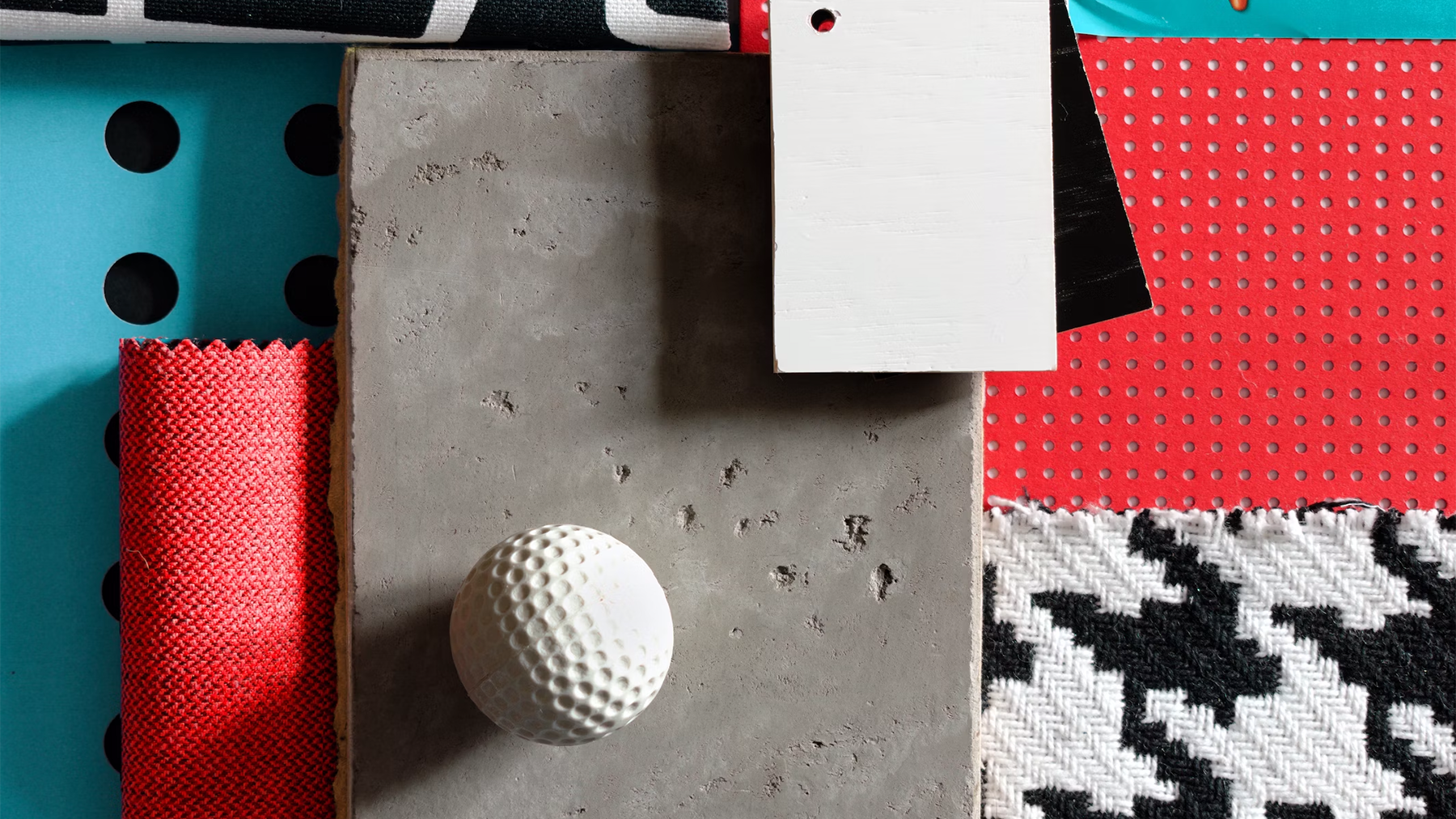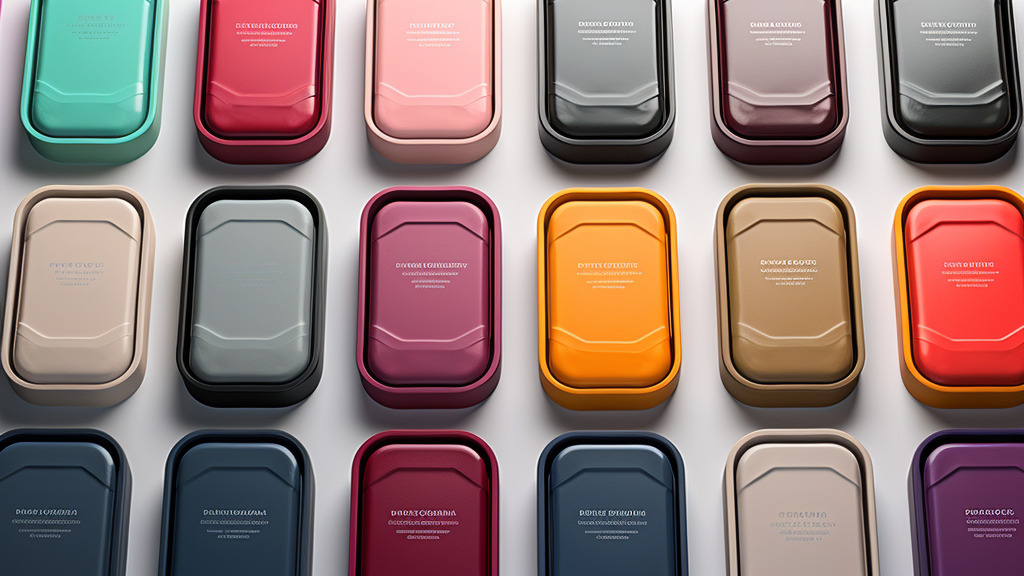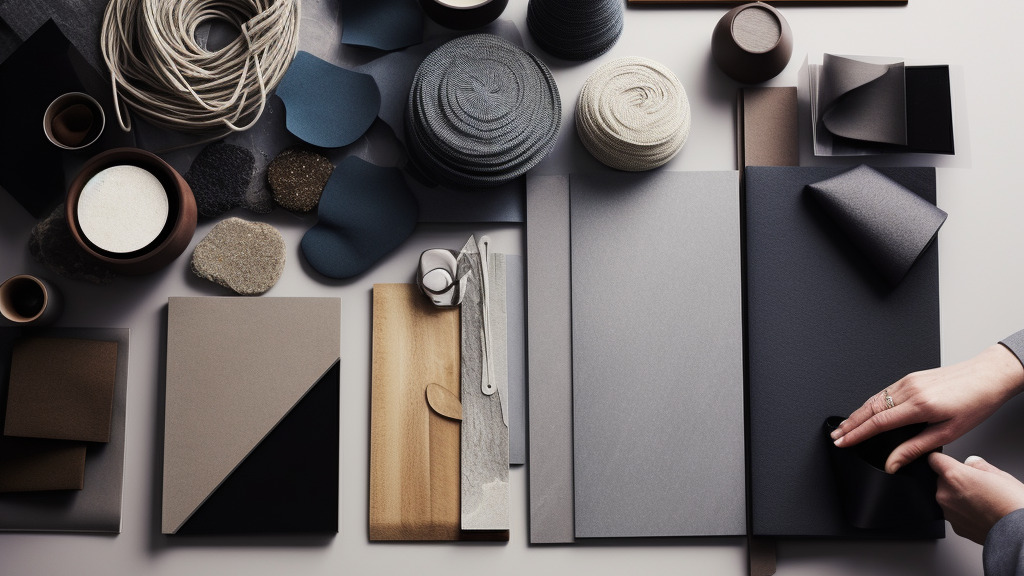How do the Colours, Materials, and Finishes (CMF) of a product impact its market success?

Among the domains of product design the interplay between colours, materials and finishes (CMF) holds significance. These elements not only enhance a product’s appeal but also shape the user’s sensory experience and emotional connection to the brand. This article delves into the world of CMF design underscoring its role in contemporary product design practices and its impact on consumer perception.
Table of Contents
The Essence of CMF Design
CMF design has emerged as a discipline within product design consultancies focusing on the sensory impact created by colours, materials and surface characteristics. This aspect of design is crucial across industries such as fashion, interior design and manufacturing. It entails striking a balance that considers the unique properties of materials and textures while taking into account production costs, environmental sustainability and brand alignment. Effective CMF design can transform a product into an item that deeply resonates with consumers.

Unravelling the Components of CMF
Colours
In CMF design, colours wield influence, over mood, perception and emotional response. Colour choices in design go beyond aesthetics, by conveying functionality and brand identity. When it comes to CMF, designers meticulously select colours based on brand guidelines, current trends and suggestions from environmental or social aspects. Accuracy and consistency in colour specification are crucial which is why systems like the Pantone Colour System and RAL colours are utilised to ensure precision during manufacturing.
Materials
Materials play a role in defining a product’s characteristic and influencing its usability. The selection of the material involves considering factors such as intended use, environmental considerations, and user interaction. However, CMF design goes beyond functionality; it also focuses on how the material feels to touch, its durability and even its environmental impact. By combining materials in ways designers can challenge conventional perceptions and add value and uniqueness to the product.
Finishes
Finishes provide the touch to a product’s appeal and tactile qualities. Whether its a matte, glossy or textured finish chosen for a product can greatly impact both its appeal and user experience. It is important for finishes to elegantly complement the selected colour palette and materials used while contributing to the design narrative. This aspect of CMF design offers opportunities for experimentation where designers can push boundaries by creating product appearances.

The Relationship Between Colour, Material and Finish
The way colour, material and finish come together is crucial in product design. These elements work hand in hand to shape a product’s identity and influence how consumers perceive it. For example, using matte finishes and natural materials can convey a sense of sustainability and organic quality while metallic finishes and vibrant colours may suggest innovation and modernity. Designers strategically make choices about colour, material and finish based on the brand’s values and targeted market segments.
Strategies for Designers When Considering Colour, Material and Finish
Designers employ tools like texture books, colour swatches and advanced digital rendering techniques to visualise the final product. It is essential to engage with clients to understand their preferences. Additionally designers may utilise material libraries or digital tools such as Keyshot or Cinema 4D for renderings. The design and development process is iterative and collaborative; it requires a combination of creativity, technical knowledge, and an understanding of market trends.
Conclusion
The incorporation of Colour, Material and Finish in product design has an impact on user experience as well as brand identification and commercial success. To excel in CMF design requires an understanding of materials along with an eye for colour combinations while selecting finishes that enhance the overall design objective. By skilfully navigating the intricacies of CMF designers have the ability to create products that not only meet specifications but also satisfy consumers’ emotional desires ultimately determining the commercial success of a product.
If you would like to see more on our services
If you would like to hear more on how we can improve the quality of your products or help with your product development, please contact Bluefrog Design at [email protected]
FAQ’s about CMF Design
What does CMF stand for in product design?
CMF stands for Colour, Material and Finish which are elements that define a products aesthetic and tactile qualities. Colour influences perception and emotional response material determines the feel and durability of the product. Finish impacts its surface appearance. Together CMF plays a role in product design by contributing to functionality, user experience and brand identity. It is a decision that influences consumer attraction and loyalty.
What is the role of a CMF designer?
A CMF designer’s role involves selecting and integrating colours, materials and finishes into product design to enhance appeal and user experience. They consider factors such as functionality, market trends and brand identity to ensure that the product resonates with consumers. Furthermore CMF designers collaborate closely with functional teams to ensure that the chosen CMF aligns with technical requirements and production capabilities while meeting users’ emotional expectations. Their decisions impact the product’s usability and market success, driving sustainable innovation at every stage.
How do colours, materials and finish impact a product's success?
The success of a product is significantly influenced by its colour, materials, and finish, as these elements collectively shape the user’s perception and experience. Colour psychology plays a vital role in attracting target audiences, as different colours evoke various emotions and associations. The choice of materials affects the product’s durability, sustainability, and feel, impacting perceived quality and user satisfaction. The finish, whether matte, glossy, or textured, adds to the aesthetic appeal and can influence the tactile experience, enhancing user interaction. Together, these factors contribute to the product’s overall appeal, functionality, and marketability, ultimately determining its success.
How do we associate cost and value of a product, with it's materials, colour and finish?
The cost and perceived value of a product are closely linked to its materials, colour, and finish. High-quality materials often increase production costs but also enhance perceived value through durability and aesthetics. Colour choice can signify luxury or practicality, influencing consumer perception of worth. For instance, certain colours may be associated with premium brands. Finish, whether it’s a high-gloss polish or a sophisticated matte, contributes to the visual and tactile appeal, affecting the product’s luxury feel. These elements combined create a comprehensive impression of the product, influencing both its market positioning and the consumer’s willingness to pay a premium price.
Ready to get started on a project?
Socials



